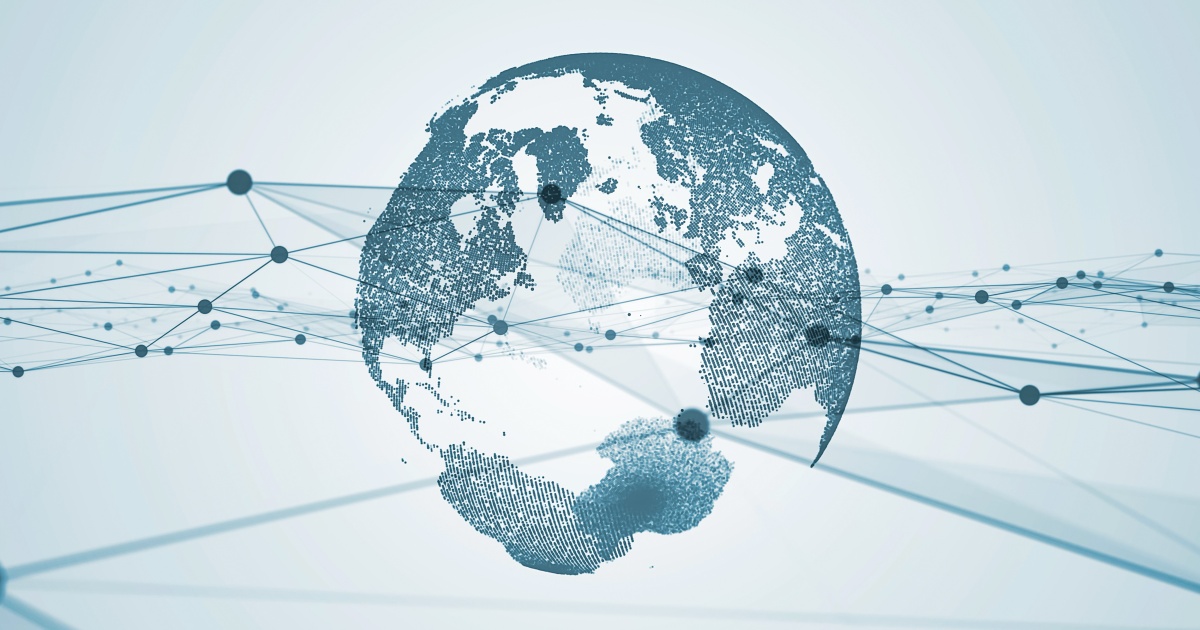
“Yeah, I write about the Internet of Things. You know, better global connectivity solutions, smart home systems, embedded SIMs, predictive monitoring in massive industrial environments, things like that.”
“So, basically like real sci-fi, in a way?”
The above is – no joke – an excerpt from a real conversation I had recently, and it stuck out to me because IoT is bringing science fiction-esque possibilities into actual present-day attainables. Imagine bridges with built-in sensors that send proactive warnings of structural cracks, or even ocean buoys that can constantly send data on marine health to the appropriate specialists who can help, where needed. Picture IoT wearables in hazardous workplaces that track regular worker movements to enhance long-term safety protocols. Think about data-driven solutions that optimize energy usage in smart buildings, logistics-streamlining software for global-scale fleet management – the lists go on because these can really be transformative applications, when utilized intelligently.
That’s IoT, y’all.
As I wrote in last week’s ICYMI IoT recap: “By understanding what kinds of advancements are furthering the state of IoT, we gain better understandings of how its steadily reshaping many industries.”
So, let’s recap precisely this; a handful of relevant goings-on in IoT:
- In huge news (the IoT importance of which we’ve dissected in great detail), T-Mobile is now officially set to acquire UScellular; specifically, “substantially all” of the wireless operator’s stores, some of its spectrum assets, and its customers – the deal is valued at $4.4 billion. Upon closing, T-Mobile will be able to expand its connectivity offerings to millions of additional customers, particularly those in underserved rural areas. That is the name of the game, after all – connectivity is the lifeblood of IoT, so boosted performance across UScellular’s rural footprint will certainly be of great benefit to those presently struggling with their connectivity needs. Read the full scoop here.
- A big topic we touch on frequently in the IoT space (especially in terms of connectivity specifics) is LoRaWAN. In that vein, the LoRa Alliance – the group behind the LoRaWAN industry standard for internet-connected devices – has bolstered its board of directors with additional seasoned leaders. Verizon's Alex Khorram and the Helium Foundation's Joey Hiller joined the board, bringing expertise in 5G and community-driven networks, respectively. (Representatives from AWS and STMicroelectronics were brought on.) This growth “reflects LoRaWAN's commitment to open standards and network flexibility,” as highlighted by Alliance CEO Donna Moore. Khorram has joined to further explore private 5G network deployments, while Hiller emphasizes the value of advancements like Helium's community-built network, reaching millions globally. This expansion strengthens the LoRa Alliance's leadership, each aiming to diversify LoRaWAN possibilities for IoT.
- Since June is nearly here, a quick reminder: Viasat, a high-speed communications and IoT connectivity solutions provider, is hosting its ELEVATE global partner event from June 18-19. Business leaders at this event will be able to leverage the best from Viasat and its remarkable global presence, and attendees will learn about Viasat’s direct-to-device technology roadmap, its Enterprise and Land Mobile (ELM) product portfolio updates (and market insights therein), and more concerning how the ELEVATE program can support businesses’ long-term growth ambitions. Those interested should learn more and register by clicking here.
- Lastly for today, a new report by Forescout – a well-known name in cybersecurity – reshared ongoing concerns about internet-exposed operational technology (OT) and industrial control systems (ICS), despite years of warnings. Forescout’s "Better Safe Than Sorry" study, spanning the better part of a decade, analyzed myriad critical infrastructure security issues. Researchers are warning of the potential for mass-targeted attacks against vulnerable devices, highlighting the ease with which attackers can indeed exploit them. And though the report does admittedly point to some bona fide progress – North America has seen significant reduction in exposed devices (47%) – other large global markets haven’t shown such results. So, proactive notification and robust risk management are being emphasized as ever-crucial steps.
For more news outside of IoT, visit our other sites like GenAI News, MSP Today, Cloud Computing Magazine and Future of Work News.
TGIF, readers. Until the next ICYMI, take good care, as always.
Edited by
Greg Tavarez





